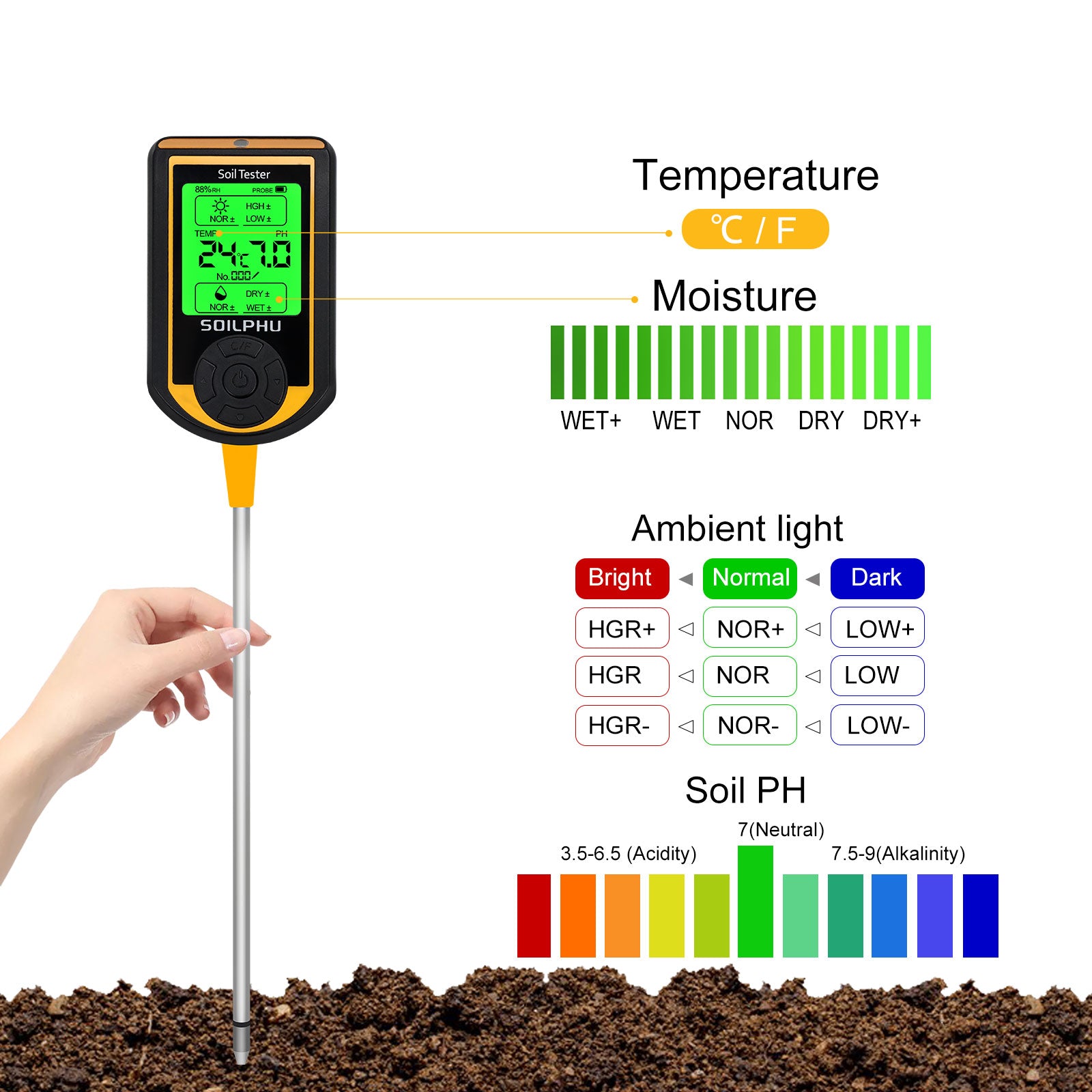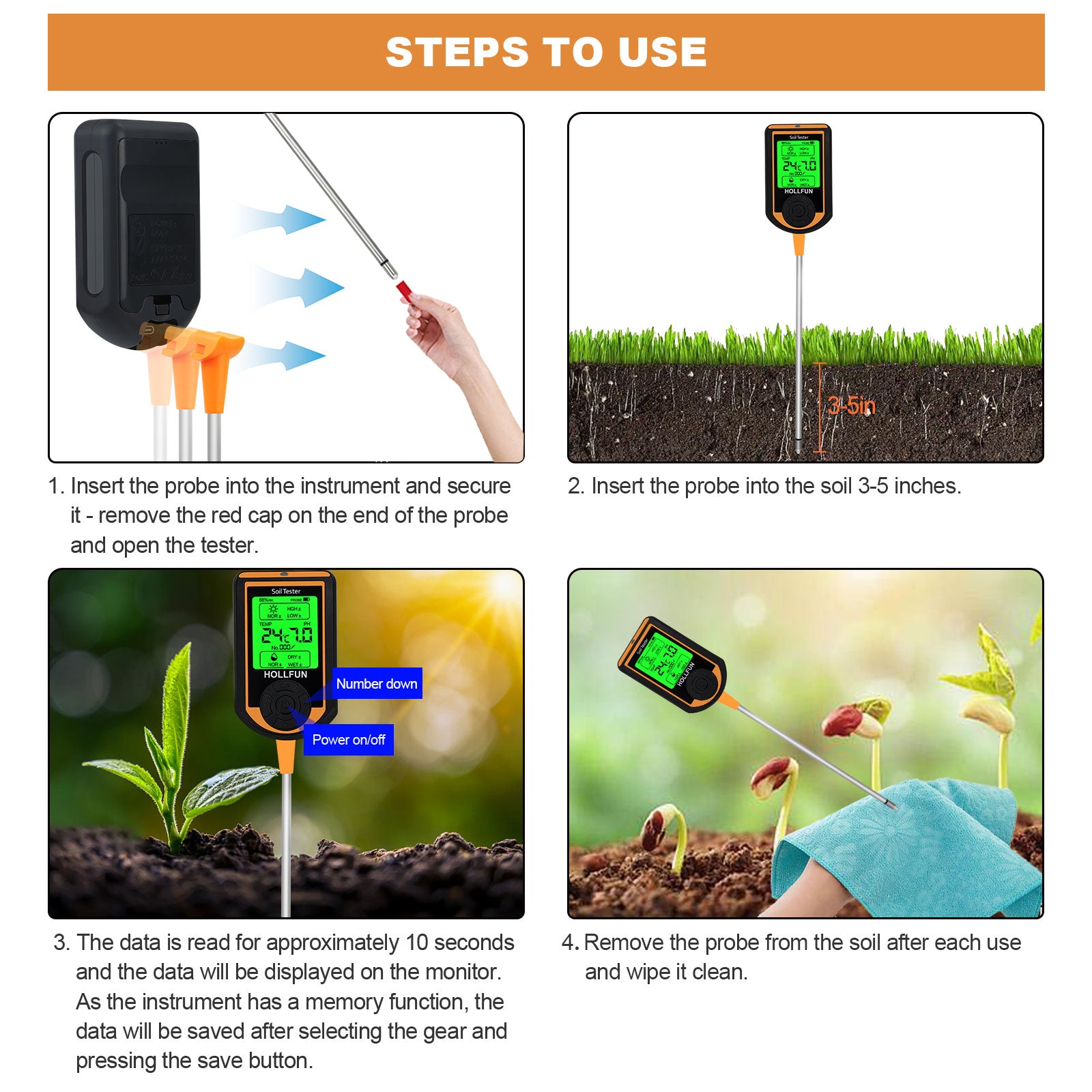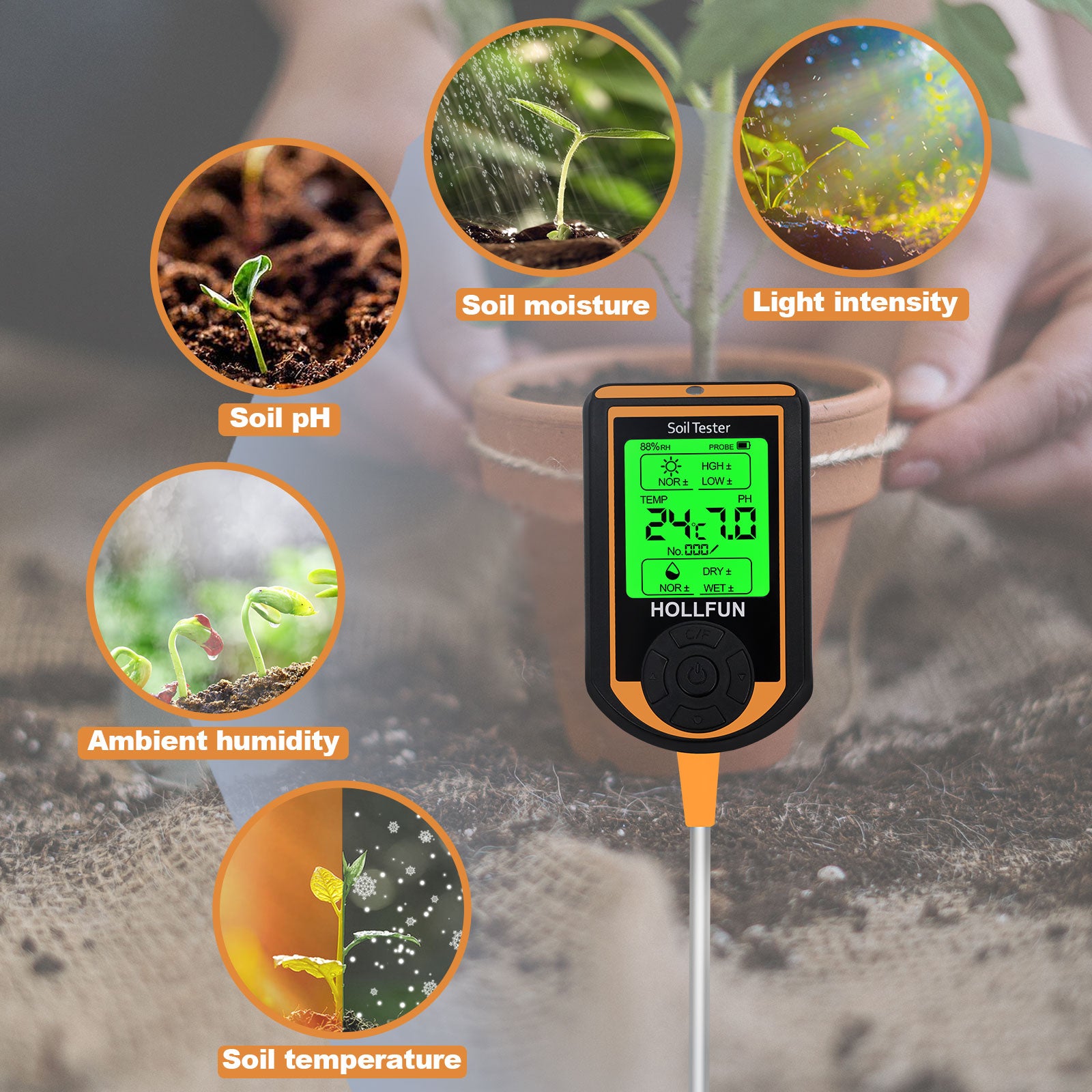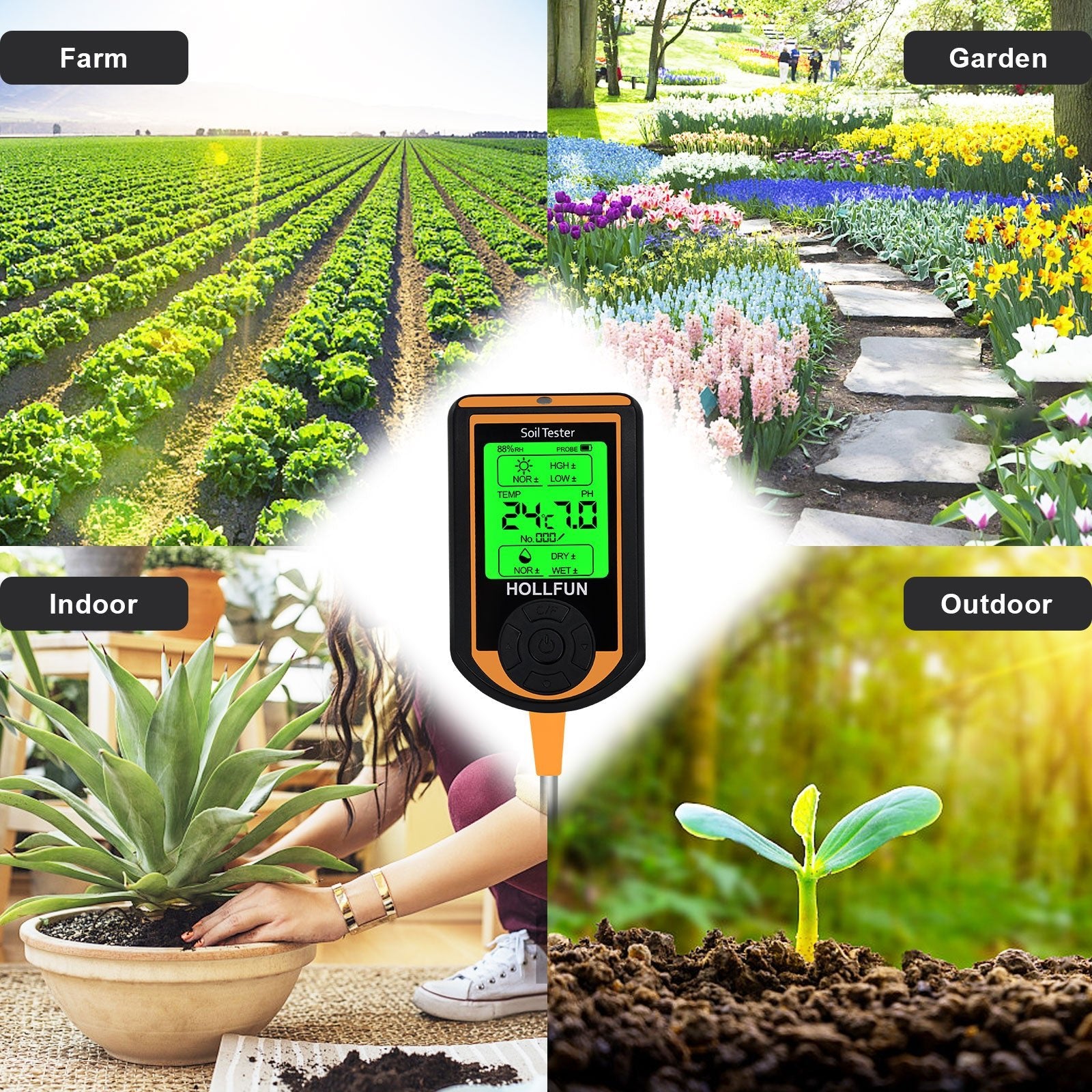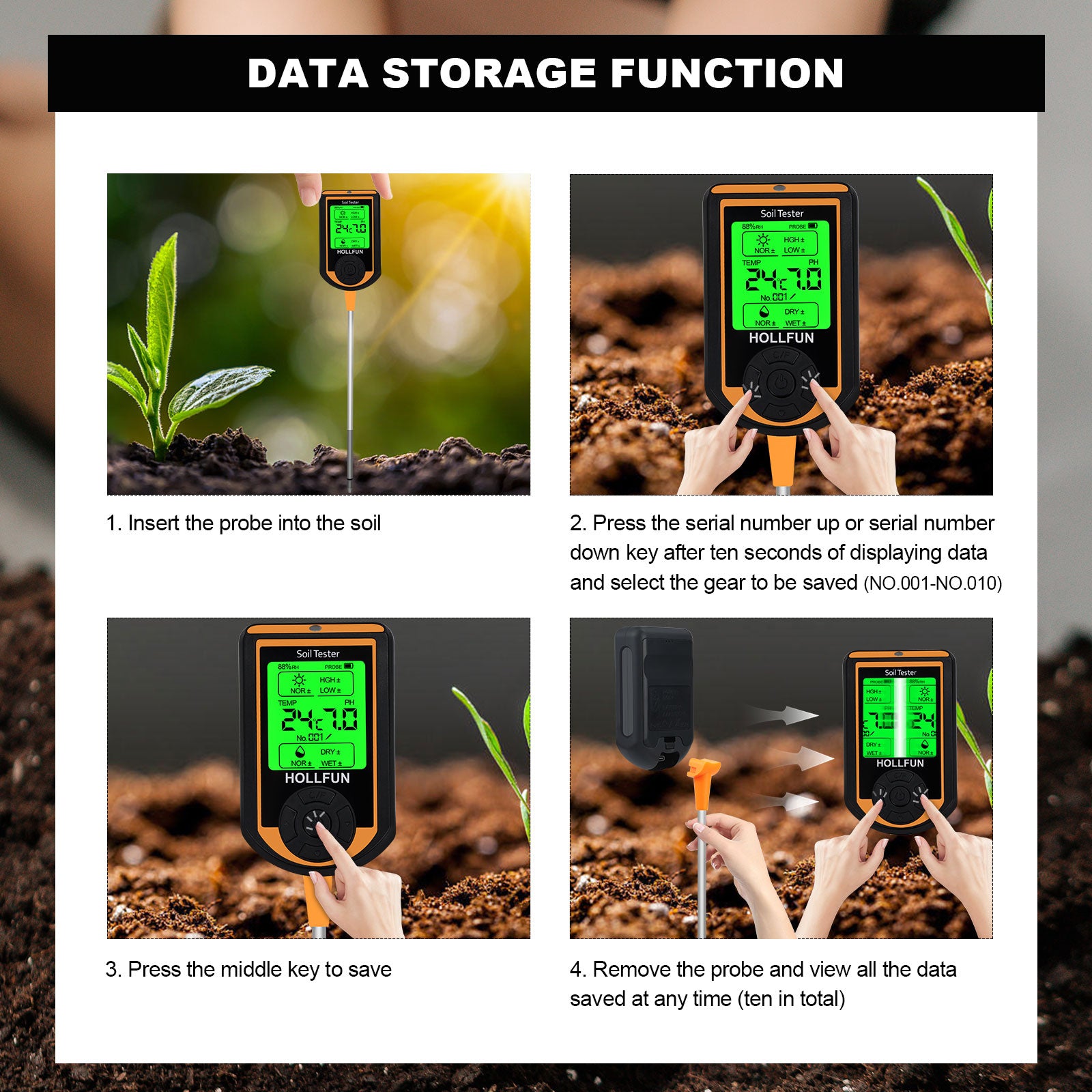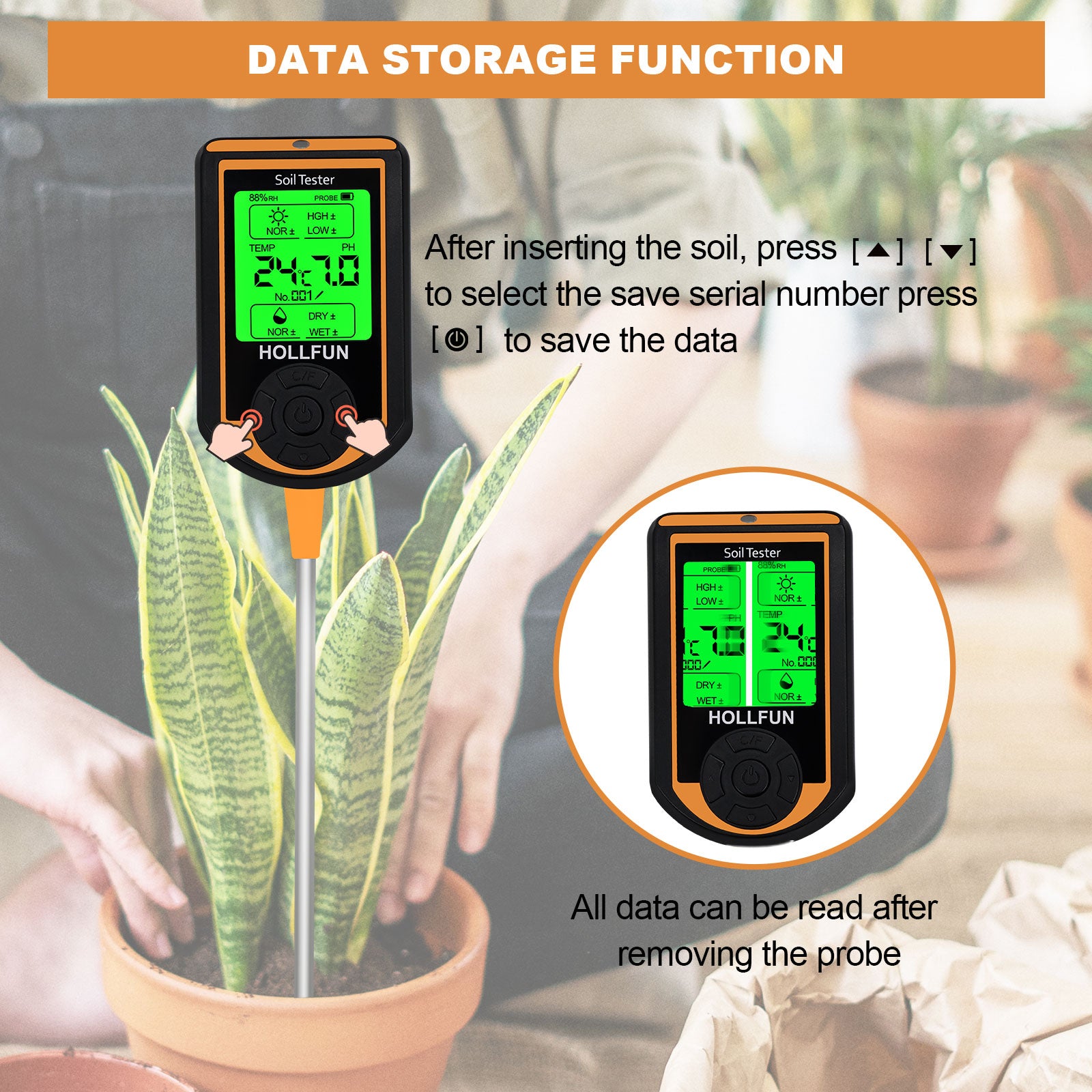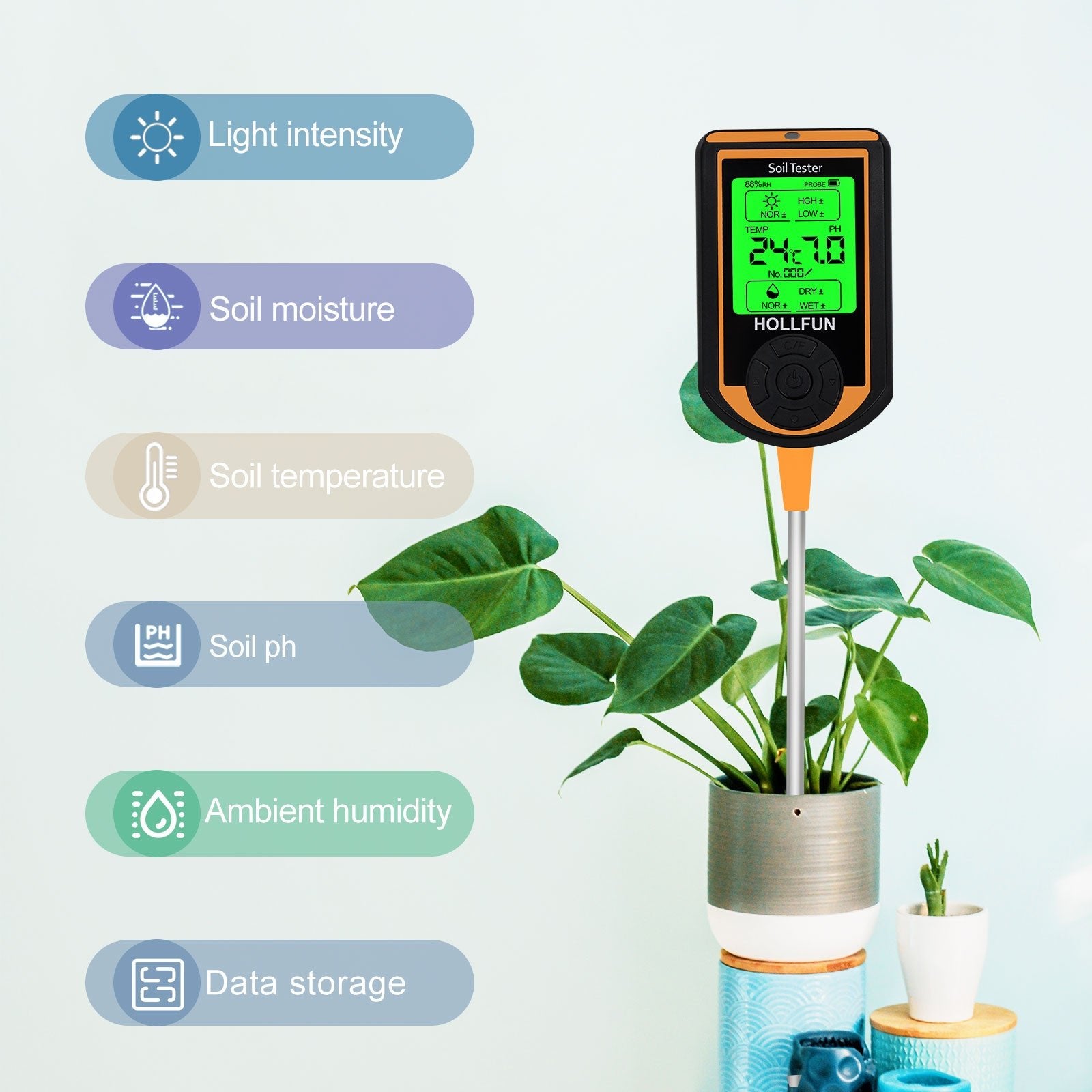When it comes to the concept of flower gardening, the main focus is still under the broad framework of modern home gardening.
What we are going to say here about beginner flower gardening is quite a comprehensive and concise summary of what you need to learn about flower gardening systematically in order to have beautiful flowers in your home.

The core of this introductory guide is based on the characteristics of flowering plants themselves, from the process of recognizing, learning, analyzing, and practicing, which is a combination of theory plus practice.
Many of my friends like to keep flowers but can't keep them well, and it's the lack of a more comprehensive set of tips for keeping flowers.

After raising flowers, we will often look at various techniques, consciously or unconsciously, but a single aspect of the technique may not make the flowers and plants grow better, again due to a lack of systematization.
Flowering techniques are also a kind of experience, different regions, different flowers and plants, different environments, etc., the skills of keeping flowers will be different accordingly, so you can't just copy and paste them.

Below is the main text for getting started with flowers:
No matter what flowers and plants belong to a kind of plant, then we can think about what kind of environment this kind of plant grows in, what conditions it needs and so on to start with.

The elements involved in the growth of flowers and plants in home gardening are usually temperature, light, water, soil, nutrients, and air.
The operational level involves pot selection, potting, changing pots, watering, fertilizing, pruning, and pest and disease management.
By matching these necessary elements with the properties of the flowers and plants themselves, it is easy to achieve fast and good growth of the flowers.

Each element is explained in detail below.
Plant Properties
That's the basis of flowerkeeping, and understanding the characteristics of the flowers and plants you're planting is a guide to what you'll be doing later.
For ornamental flowers and plants planted in home gardens, plant properties are associated with flower classifications, and the same classifications have much in common in terms of plant properties as well as planting and maintenance.
There are various classifications of flowers based on different criteria.
It's good to focus on the living type as well as the natural distribution of flowers; the living type is the environment in which the plant grows, while the natural distribution is the type of climate in which it grows.

Sunlight
We all know that light is necessary for photosynthesis in plant leaves and is the driving force behind the continuation of plant life.
The effect of light on flowering plants is reflected in the intensity of light as well as the duration of light, and different flowering plants have different adaptations to light.
Different growth periods of the same flower may require different amounts of light, which requires a clear understanding of the flower's attributes before you can keep it.
Lack of light can make plants grow in vain, succulents return to green, and flowering plants have fewer flowers. Erectile growth is a phenomenon in which plants lose their original short and sturdy shape, and their stems and leaves elongate wildly.
Excessive light intensity is manifested as leaf scorching.
Determined by light intensity flowers are grown indoors or outdoors, bright or shady.

Light hours:
Light duration has a significant effect on plant flowering and fruiting.
The time of light also determines when flowers are planted, with long days for spring planting and short days for fall planting.

Temperature:
With regard to temperature, there is a triple base point, expressed as the minimum, maximum, and optimum temperatures, which are the temperature ranges we often see plants introduced to need for growth.
Those of you who have kept succulents should have heard of overwintering and summertime, and this corresponds to the change in the temperature range in which the plant grows.
Also, the temperature ranges for different growth stages of the same plant are different, which again shows the importance of knowing the plant's attributes before keeping flowers.

"To live or not to live lies in the water", this is the flower breeder has a consensus of experience, but also reflects the importance of water is the source of life.
Choose your watering method based on the plant's attributes, such as flooding the soil for succulents that prefer dryness, or spraying as well as flooding for wire ferns that prefer high air humidity.
Flowers in the family, usually in pots, watering should follow the principle of "do not dry not water, watering is watered through".
Watering without thorough watering will leave the bottom of the pot with too little moisture, and root growth will be concentrated in the upper part of the pot, which is not conducive to growth.
Excessive watering of the soil lack of oxygen, easy to rot the roots and drop leaves.
How much watering can be observed in relation to how much rain it rains, which is a way of understanding the plant based on its natural view of growth.

Regarding the choice of water, the same natural principles are followed.Rainwater, pond water, river water and the like. Convenient tap water, on the other hand, needs to be left for a few days to evaporate the chlorine to which flowers and plants are easily allergic.
There is a principle of choosing the time of watering, the temperature of the water is similar to the temperature of the soil, in order to avoid irritation of the plant's roots.





